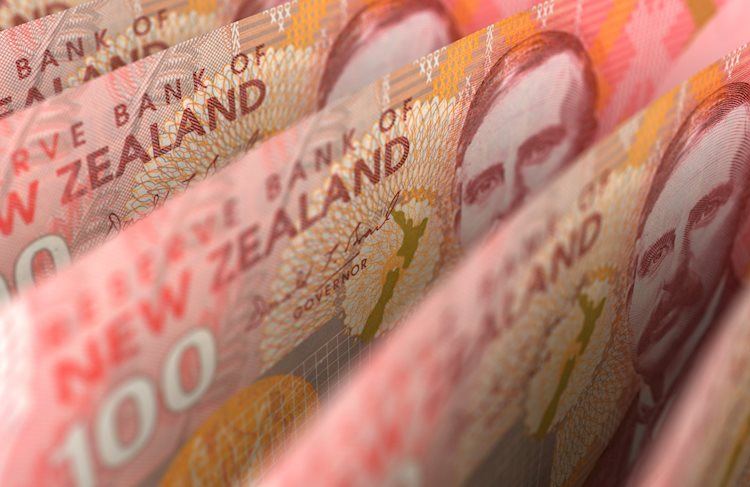The NZD/USD pair recently experienced a significant drop from a multi-week high after the Reserve Bank of New Zealand (RBNZ) surprised markets with a 25 basis points rate cut. This decision led to a weakening of the New Zealand Dollar across the board as the central bank hinted at further rate cuts in the future due to weak domestic economic growth and an attempt to meet the annual inflation target. The unexpected move by the RBNZ resulted in a sharp decline of over 80 pips in the NZD/USD pair.
On the other hand, the US Dollar remained under pressure near its lowest level in more than a week as expectations of deeper interest rate cuts by the Federal Reserve (Fed) increased. The softer-than-expected US Producer Price Index (PPI) on Tuesday added to the bearish sentiment towards the USD. Additionally, positive sentiment in equity markets drove investors away from safe-haven assets like the Greenback, which indirectly supported the NZD. Traders are now eagerly awaiting the release of the US consumer inflation figures to gauge the Fed’s future rate-cutting actions before making any significant trading decisions.
The NZD/USD pair managed to hold above the key psychological level of 0.6000 as traders remain cautious about taking new positions until there is more clarity on the direction of the market. The recent recovery from the year-to-date low and the mid-0.5800s suggests that the pair may have more room to move upwards, but sustained selling pressure could indicate that the recent highs have been reached in the near term. As investors wait for further developments, they will keep a close eye on economic indicators, including the upcoming US consumer inflation figures and any announcements from the central banks that could impact the currency pair’s movements.
One of the key economic indicators that traders closely monitor is the RBNZ Interest Rate Decision, which is announced after the central bank’s seven annual policy meetings. A hawkish stance by the RBNZ, indicating rising inflationary pressures, could lead to an increase in the Official Cash Rate (OCR) to control inflation. This scenario is positive for the NZD as higher interest rates attract more capital inflows. Conversely, if the RBNZ believes that inflation is too low, they might reduce the OCR, which would weaken the NZD. Traders will await the next release of the RBNZ Interest Rate Decision to assess its impact on the currency markets.
Overall, the NZD/USD pair’s recent volatility can be attributed to the surprise rate cut by the RBNZ and expectations of further rate cuts by the Fed. The currency pair’s movements will likely be influenced by upcoming economic data releases and central bank announcements. Traders will remain cautious and wait for more clarity before making significant trading decisions, as uncertainty in the market prevails.











